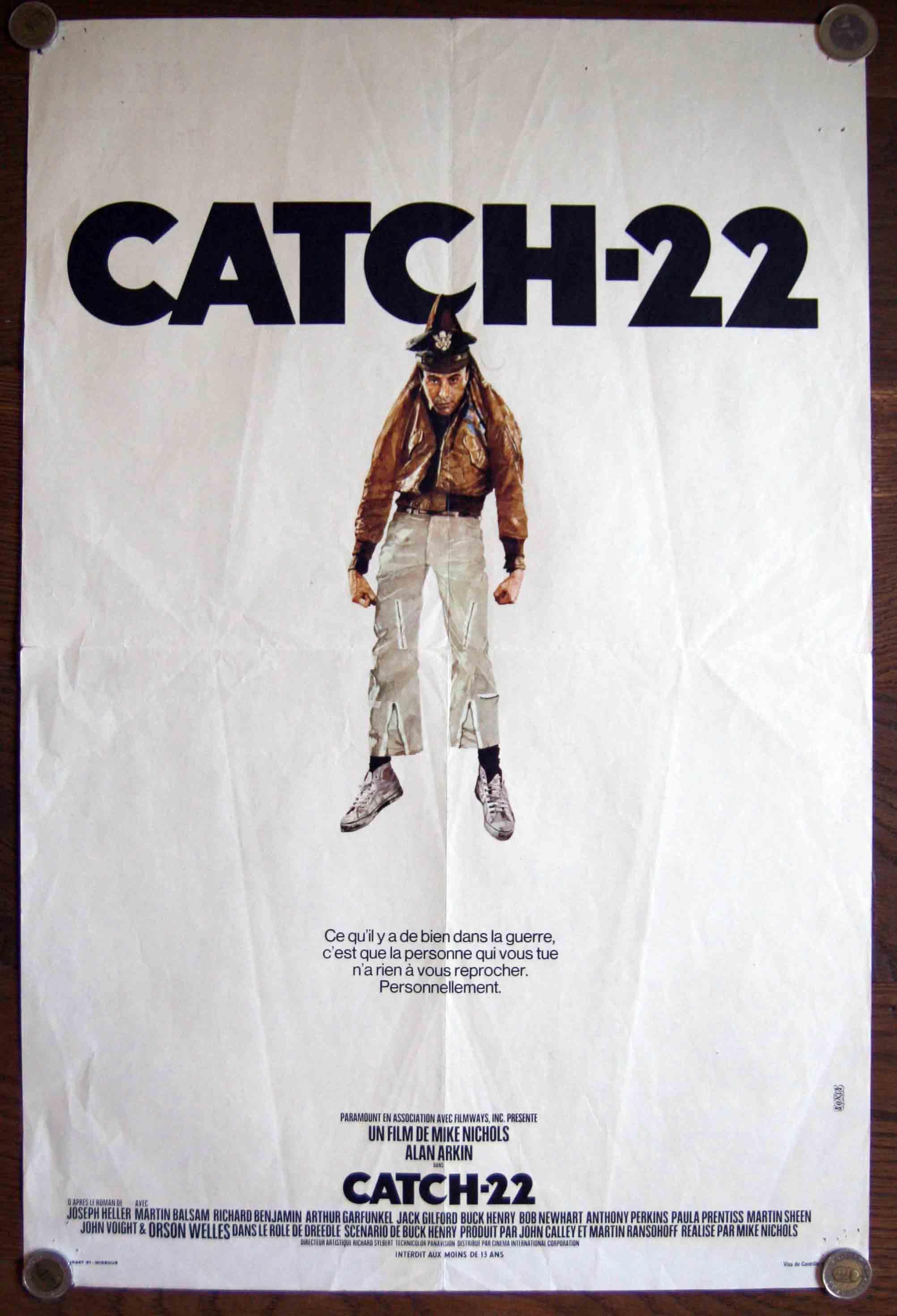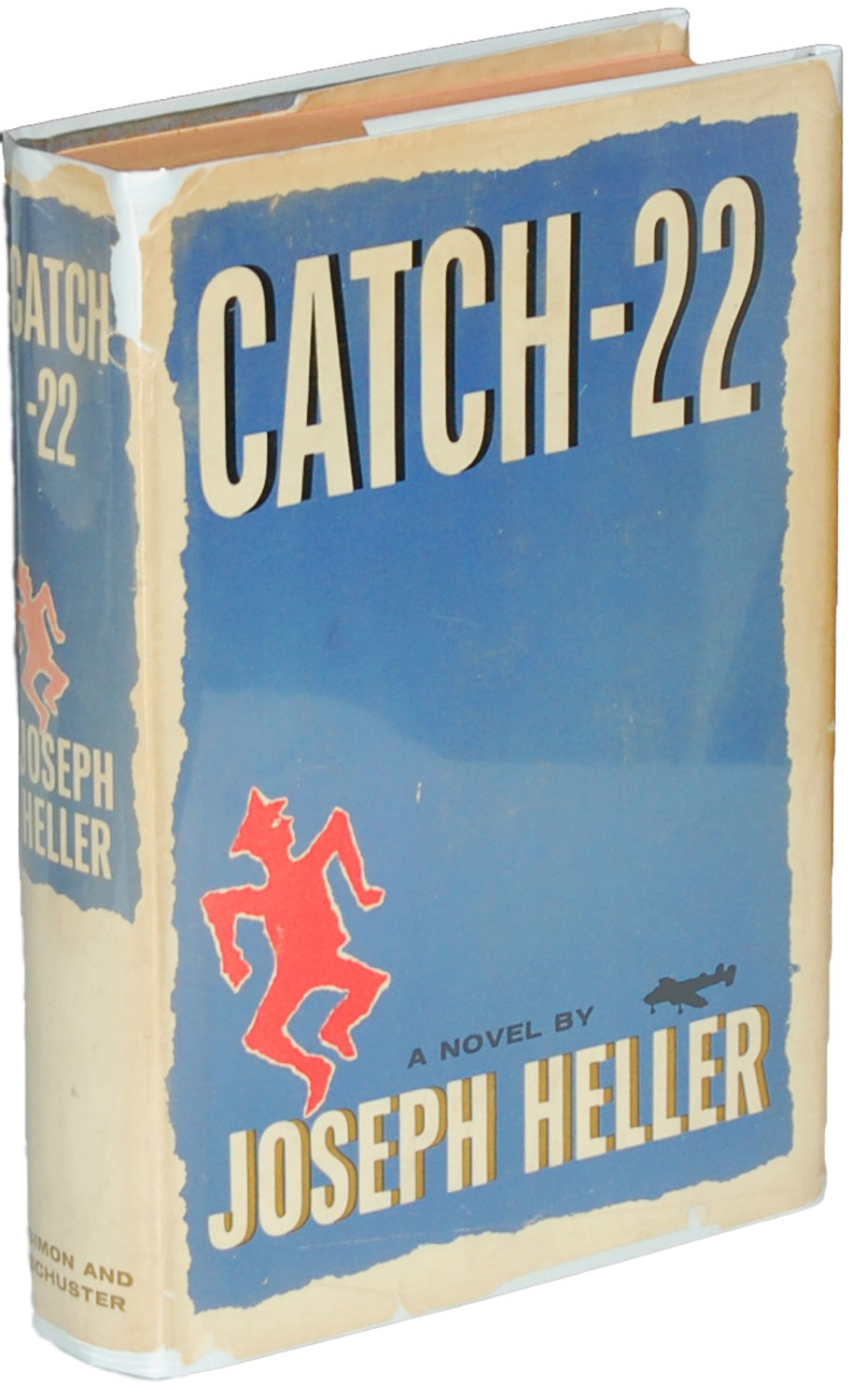
As he had done 36 times before, he slid down the narrow tunnel beneath the cockpit to the bomber’s Plexiglas nose cone. Now, on this follow-up mission a week later, the goal was to destroy the Avignon railroad bridges on the Rhône River.

I saw a parachute billow open, then another, then one more before the plane began spiraling downward, and that was all.” Two men died. “I was in the leading flight,” he recalled, “and when I looked back to see how the others were doing, I saw one plane pulling up above and away from the others, a wing on fire beneath a tremendous, soaring plume of orange flame. According to military reports, flak cover at the target was “heavy, intense and accurate.” Just one week earlier, over Avignon, on the morning of August 8, Heller had witnessed flak bursts cripple a bomber. Tropez, in France, but heavy cloud formations had prevented them from dropping their bombs. That morning, he and the rest of his crew had been ordered to attack enemy gun positions at Pointe des Issambres, near St.


He was about to fly his second mission of the day. J oseph Heller crawled into the transparent womb at the front of the B-25. Adapted from Just One Catch: A Biography of Joseph Heller, by Tracy Daugherty © 2011 by Tracy Daugherty.


 0 kommentar(er)
0 kommentar(er)
